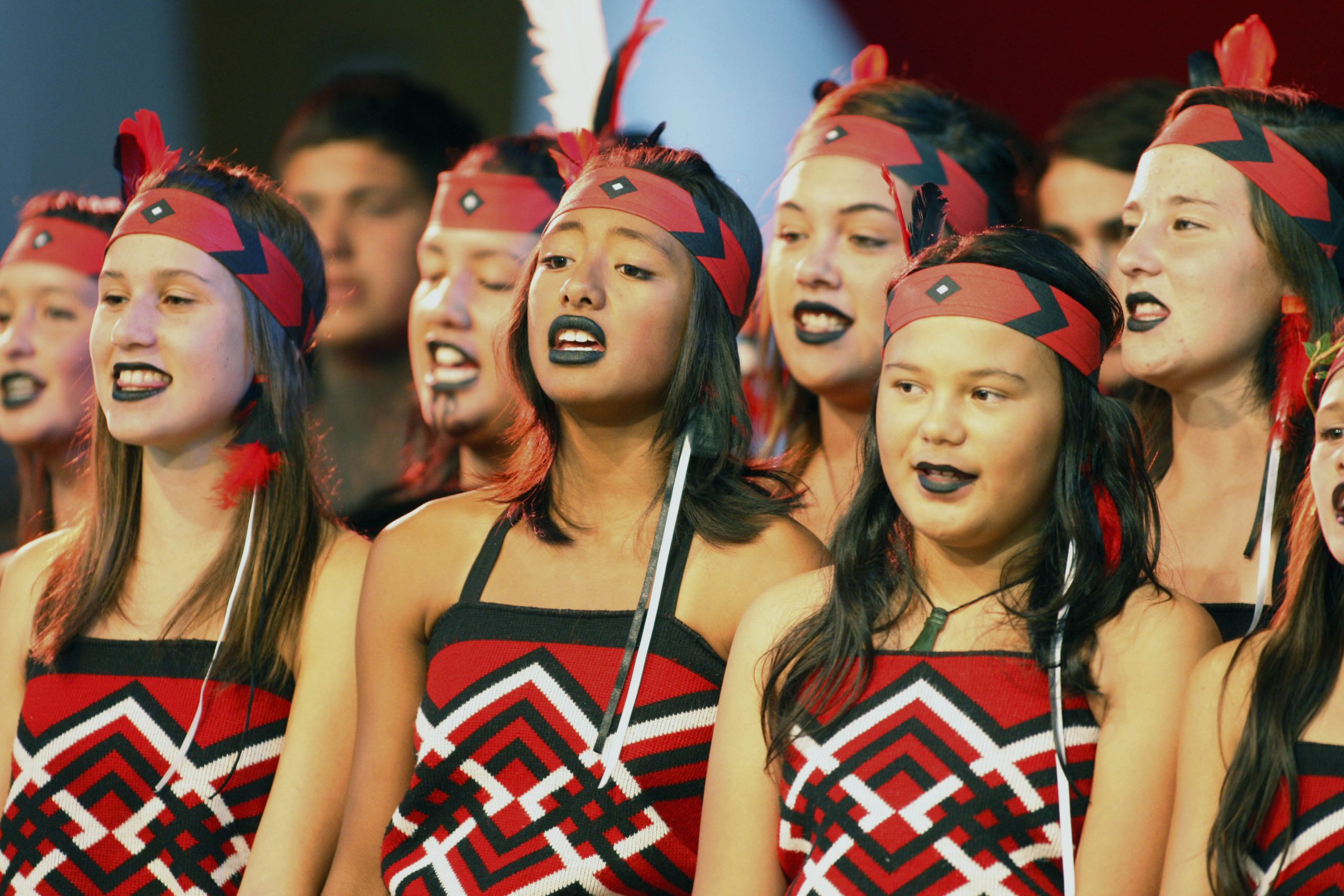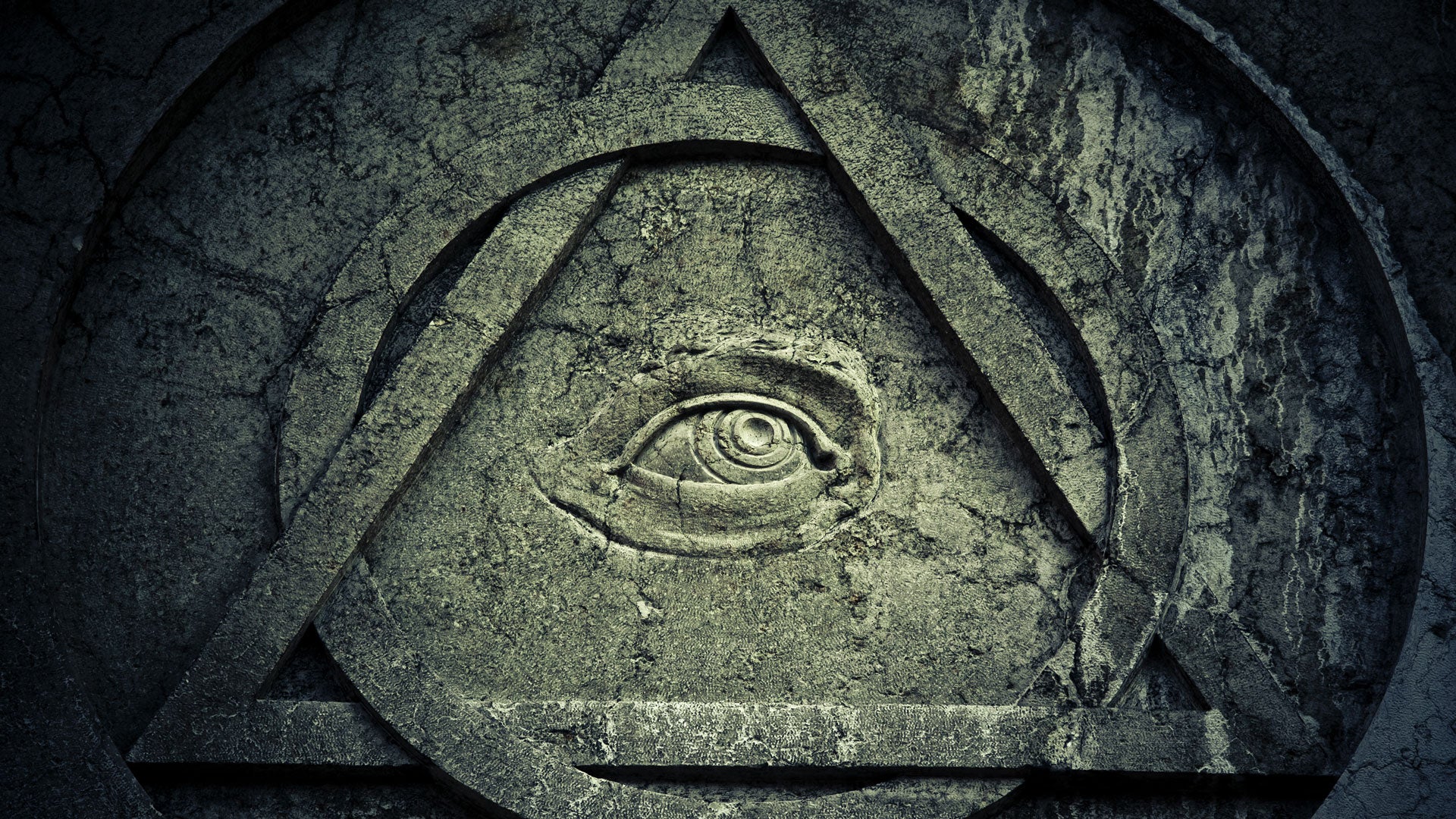meatthesavages.com – Māori culture, the indigenous culture of Aotearoa (New Zealand), has played a fundamental role in shaping the nation’s identity, values, and way of life. Despite the challenges faced by Māori communities over the years, their culture has remained a vibrant and essential part of modern New Zealand society. From language and art to politics, sports, and social customs, Māori traditions have had a lasting impact on all aspects of New Zealand life.
This article explores the influence of Māori culture on modern New Zealand, examining the ways in which traditional Māori practices and values have integrated into mainstream society, and how this ongoing influence continues to shape New Zealand’s cultural landscape.
The Resurgence of the Māori Language (Te Reo Māori)
One of the most significant contributions of Māori culture to modern New Zealand is the revitalization of Te Reo Māori, the Māori language. Once in danger of disappearing due to European colonization and the suppression of indigenous languages, Te Reo Māori has experienced a dramatic resurgence in recent decades.
The government’s recognition of Te Reo Māori as an official language in 1987, along with the establishment of Māori language immersion schools (kura kaupapa Māori) and public media platforms such as Te Karere and Radio New Zealand Māori, has played a key role in promoting the language’s use. Today, Te Reo Māori is taught in schools, used in media, and spoken by many New Zealanders, both Māori and non-Māori, as a symbol of cultural pride and identity.
Māori language has also influenced everyday speech in New Zealand. Many Māori words, phrases, and greetings have become commonplace in the national lexicon, from the familiar kia ora (hello) and haere mai (welcome) to terms used in business and politics, such as whānau (family), iwi (tribe), and mana (prestige, power). The widespread adoption of Te Reo Māori in daily life demonstrates its growing influence on the fabric of modern New Zealand society.
Māori Cultural Practices and Traditions in Mainstream Life
Māori cultural practices, including ceremonial traditions, art, and social customs, have become integral to New Zealand’s national identity. The country’s bicultural foundation—based on the Treaty of Waitangi between Māori iwi and the British Crown in 1840—has made Māori culture an essential part of New Zealand’s social and cultural life.
The Importance of the Marae
The marae, a traditional Māori meeting place, is a central cultural institution in New Zealand. While traditionally the domain of Māori communities, the marae has increasingly become a place of gathering for people from all walks of life. Many New Zealanders, both Māori and non-Māori, participate in marae-based events, such as weddings, funerals, and community celebrations, which serve as a way to connect with Māori culture and respect its customs.
The rituals associated with marae visits—such as the pōwhiri (welcome ceremony), the sharing of hongi (traditional greetings), and the exchange of koha (offerings)—are now integral to many national events, including the opening of major public events and the welcoming of international dignitaries. These traditions have become a symbol of New Zealand’s bicultural identity, promoting inclusivity and respect for Māori heritage.
Māori Art and Design
Māori art, including carving (whakairo), weaving (raranga), and tattooing (tā moko), has had a significant impact on New Zealand’s visual identity. Traditional Māori motifs and designs, such as the koru (spiral) and manaia (mythical creature), are frequently seen in architecture, fashion, and design. Māori-inspired art has become a major influence on New Zealand’s contemporary art scene, with Māori artists such as Robyn Kahukiwa, Ralph Hotere, and Shane Cotton gaining international recognition for their works that blend traditional Māori themes with modern artistic practices.
The influence of Māori art can also be seen in the design of public spaces, including the use of Māori carvings and patterns in government buildings, schools, and cultural centers. Māori art not only celebrates the nation’s indigenous culture but also plays a role in uniting New Zealanders of diverse backgrounds through shared cultural appreciation.
The Haka: A Symbol of National Pride
The haka, a traditional Māori war dance, has become one of New Zealand’s most iconic symbols. Originally performed by Māori warriors before battle, the haka is now used in a variety of settings, from sports events to cultural ceremonies. The All Blacks, New Zealand’s national rugby team, are particularly famous for performing the haka before each of their matches, symbolizing strength, unity, and respect.
The haka has become a source of national pride and is widely recognized as part of New Zealand’s unique cultural identity. It serves as a reminder of the Māori people’s resilience and the importance of tradition in modern life, inspiring both Māori and non-Māori alike to connect with the country’s indigenous heritage.
Māori Influence in Politics and Social Justice
Māori culture has had a profound impact on New Zealand’s political landscape. The recognition of Māori rights and the ongoing struggle for social justice have shaped the nation’s policies and laws, especially in relation to Māori land, language, and sovereignty.
The Treaty of Waitangi and Māori Rights
The Treaty of Waitangi, signed in 1840 between Māori chiefs and the British Crown, is the founding document of New Zealand. While its promises of protection and partnership were not always upheld, the Treaty remains a cornerstone of New Zealand’s legal and political system. Over time, the Treaty has become a vital tool in the protection of Māori rights and the reclamation of land and cultural practices.
In recent years, the New Zealand government has made significant strides in addressing historical injustices through the Treaty settlement process, which compensates Māori iwi for land and cultural losses. These settlements have empowered Māori communities and affirmed their cultural rights, while fostering greater recognition of the role that Māori culture plays in New Zealand’s national identity.
Māori Leadership and Activism
Māori leaders, such as Dame Whina Cooper, Parekura Horomia, and Tariana Turia, have been instrumental in advancing the rights and welfare of Māori communities. Māori activism has been central to challenging inequality, fighting for land rights, and addressing issues such as health disparities and education.
In recent decades, Māori political influence has grown, with the establishment of the Māori Party in 2004 and the election of Māori representatives to the New Zealand Parliament. Māori leaders have used their positions to advocate for both Māori-specific issues and broader social justice causes, ensuring that the voices of Māori people continue to be heard in New Zealand’s political discourse.
Māori Influence in Sports and Popular Culture
Māori culture has had a significant influence on New Zealand’s sporting culture, particularly through the contribution of Māori athletes and the national recognition of Māori symbols in sports. The haka, as previously mentioned, plays a key role in New Zealand’s sporting identity, symbolizing unity and strength. Māori athletes, including rugby players like Jonah Lomu, Richie McCaw, and Catherine Latu, have achieved national and international recognition, showcasing the strength and determination that Māori culture represents.
Māori influence is also evident in popular culture, with Māori music, film, and literature gaining widespread acclaim. Directors like Taika Waititi and Lee Tamahori have brought Māori stories to the global stage, while artists like Moana Maniapoto and Drax Project incorporate Māori influences into their music, creating a fusion of contemporary and traditional Māori sounds.
Conclusion
Māori culture has left an indelible mark on modern New Zealand society. Its influence is seen in language, art, politics, sports, and social customs, enriching the nation’s identity and providing a unique cultural foundation for New Zealanders of all backgrounds. The continued celebration and integration of Māori culture into mainstream society not only acknowledges the history and contributions of the Māori people but also fosters a shared sense of identity and unity in the diverse, multicultural society of Aotearoa. As New Zealand moves forward, the influence of Māori culture will continue to shape and define the nation’s path, ensuring that Māori traditions and values remain a vibrant part of the country’s future.


